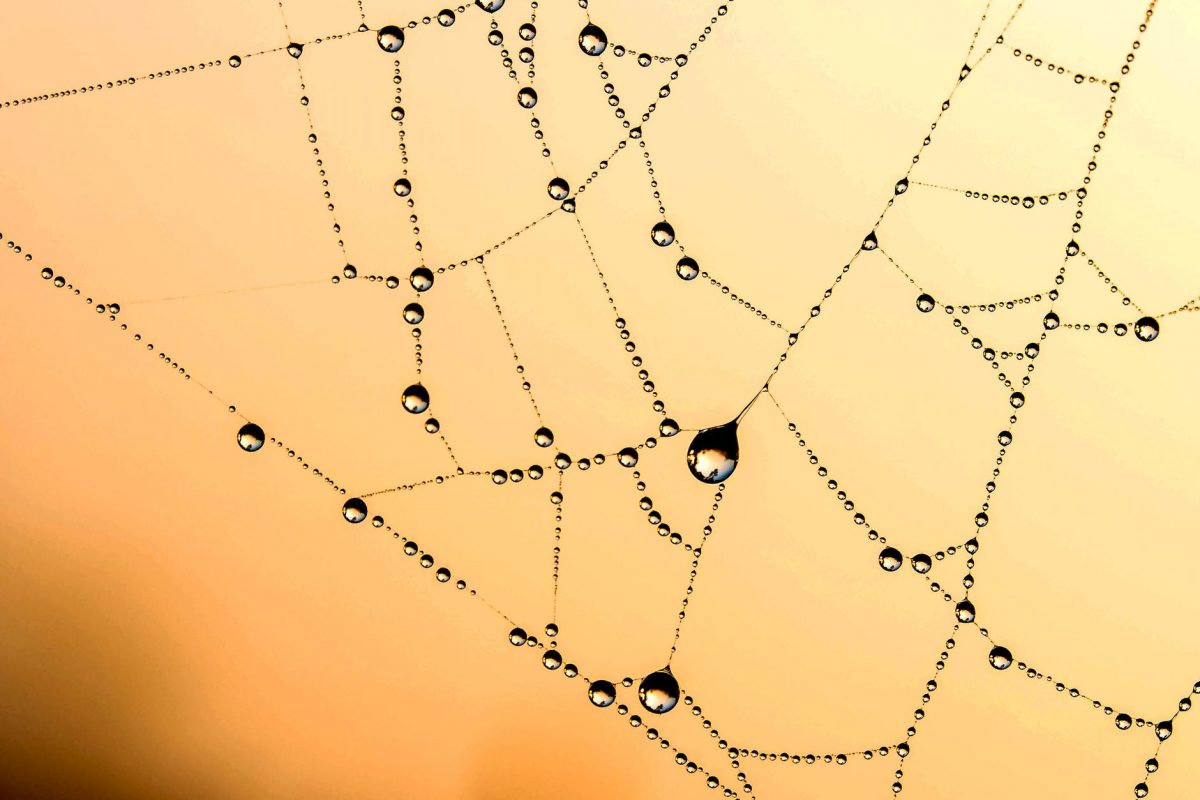I read some wonderful ideas about personal sites as cultivated digital gardens over the weekend (here, here, here, and here), and one post that was linked to in one of these posts caught my attention. It was Amy Hoy’s post titled “Stacking the Bricks: How the Blog Broke the Web“.
We built every new page by hand. When we had more than one web page, we built the navigation by hand. We managed our Table of Contents by hand. We broke out our calculators to code boundaries for our image maps. We talked unironically about “hyperlinks.”
Stacking the Bricks: How the Blog Broke the Web
I remember those early days of the public Web, with the myriad flashing banners, and GIFs all over the place. It wasn’t quite as romantic back then, hacking together sites with the available HTML elements, and trying not to go too crazy with the flashy graphics.
People built sites like that because that was pretty much the only way to do it. It wasn’t easy to build a site. Domains were freakishly expensive, bandwidth was terrible by today’s standards, and building some sort of social fabric for the Web back then was daunting. As Amy explained –
The early web itself, of course, was pretty exclusive: first, you had to be online, then you had to know HTML, and that wasn’t enough, you also had to have a hosting account, and know how to use it. There was no royal road. Each would-be Netizen had to bushwhack their own path.
Blogs changed all of that, and gave more people a much easier way to build their own space on the Web. Sure, many looked pretty similar because templates and themes were a little sparse, but these were spaces that non-coders could create (mostly), and make their own.
Sure, it’s fun to get your hands dirty with HTML, CSS, and other cool Web tools (and there are remarkable sites built on open standards, and that don’t run on CMSes like WordPress), but that’s not a viable option for millions of people who are online today.
No, the blog didn’t break the Web, it changed the Web. It turned the Web into a platform for just about everyone with a smartish device, and a decent Internet connection.
Not all the content on the modern Web is good. There’s plenty of trashy content out there. There’s even more wonderful content that people invest so much effort, creativity, and passion into.
There are no more quirky homepages.
There are no more amateur research librarians.
All thanks to a quirky bit of software produced to alleviate the pain of a tiny subset of a very small audience.
That’s not cool at all.
I disagree. The Web that blogs made possible is not what Hoy describes as the “old web, the cool web, the weird web, the hand-organized web”. It’s much more than that. It’s inspiring.
Disclosure
I work for Automattic, the company behind WordPress.com, and home of many incredible WordPress developers. I wrote this post using the block editor that I believe is borderline revolutionary.
I’ve also been blogging (erratically) for more than 16 years. So, yes, I’m biased towards blogs.

 RSS – Posts
RSS – Posts
What do you think?